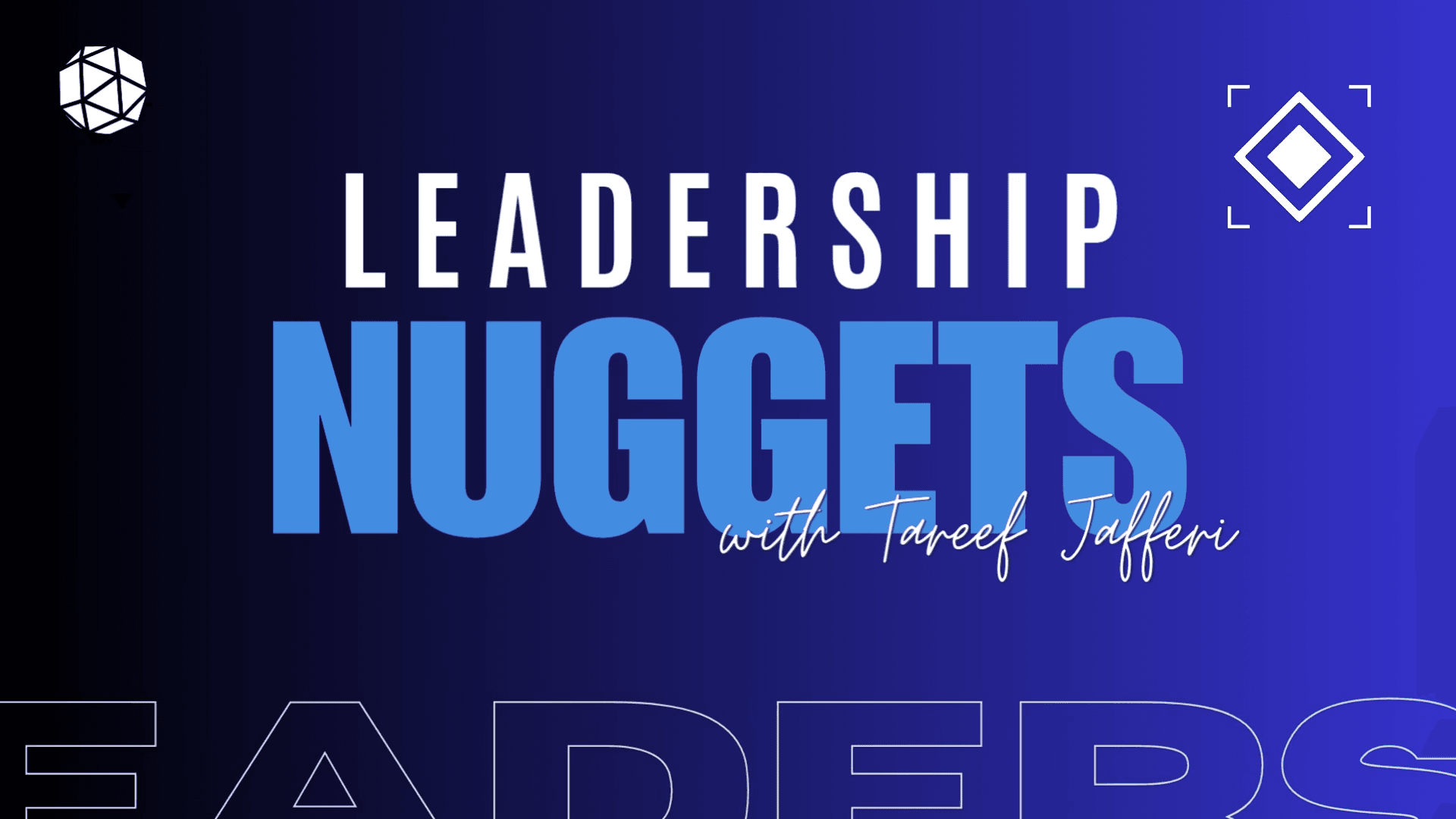How To Nurture Creativity And The Ability To Innovate From Young

By the time you finish reading this article, you may fall into one of two categories. The first one holding the opinion that these are useful ideas and that maybe you could try out some of them.
Or, the second one with the opinion that these are interesting ideas but they are probably not practical and you might not test them out.
If you belong to the second category, then you may have won this war by giving your justifications, but would have lost the war on nurturing creativity.
Until and unless you decide to belong to the first group, you would then have unconsciously decided to agree on the possibilities these ideas hold, and place yourself in a better state to explore the opportunities ahead.
The creativity mindset
To have a creative mindset, you would have to agree and believe that creativity is for everyone, therefore, it’s not a matter of genetic ability.
Unless you are referring to artistic creativity, which refers to the idea of being able to create music, art or dance.
Everyone in this world is capable of creativity and innovation as long as they have the freedom and opportunity to exercise them.
The logic for adopting the belief that creativity and innovation is for everyone, given the freedom and opportunity to do so simply allows us to see the possibilities of an idea that can come from anyone.
In most cases, we tend to see the impracticalities of an idea from a younger person.
And so the first step to nurturing creativity and innovation is to stop for a moment, change our filters and see the possibilities that our youths see when they think of an idea. How do we do this?
There are a few language patterns in which we can adopt to begin practising this mindset. The first and simplest one would be to say “Great idea! Tell me more!”
In most cases, the first thought is to ask if the idea is practical. The sad truth is that most of us choose to focus on how the idea will not work, instead of how the idea could work.
By replying “Great idea! Tell me more!” you are not only encouraging the person, you are also telling yourself to wait and listen for the possibilities.
Another useful language pattern is to replace the word “but” with “and”. The word “but” is a creativity killer. It suggests that the statement that comes after “but” removes the significance of the idea before it, while the word “and” pairs it together and helps the person see things from different perspectives.
Consider these examples, “I like your idea, but if we look at it from a different perspective…” versus “I like your idea and if we look at it from a different perspective…” See the difference? The former is exclusive while the latter is inclusive.
Stop brainstorming
Traditionally, it is believed that brainstorming is a great idea generator. However, as people use it more, they began to realise that it is also a great idea assassination tool.
What usually happens in a brainstorming session is that the individual that is the most outspoken, confident and extroverted usually runs the show while people who are more inward-thinking and introverted usually keep a low profile.
The irony is that individuals who are introverted tend to develop more practical and sustainable ideas as compared to extroverted people as the latter require conversations to figure out a better idea.
They just cannot think silently. So, what you see in brainstorming sessions is usually a competition of who has better persuasion skills rather than who has the better idea.
Instead, try ‘brain-swarming’, which is to force everyone to return to their spaces, think and write out a few ideas to solve the current issue.
That way, everyone’s ideas get heard, and instead of spending hours debating on ideas, you can now choose a couple of ideas which stand out the most from a pool of 10–20 ideas.
Encourage side projects
Side projects help develop creativity and innovation. For example, Google allocates specific number of hours for its employees to work on a project they want to do.
So, what then is the difference between encouraging side projects and assigning side projects?
The answer is simple, one is a side project that the person wants and has ownership of, and the other is a side project the person felt “tricked” into doing and has little ownership of.
Some of us may believe that ideas from young people need input and that our role is to “add value” to what they have already created.
The downside to this phenomena, is that when you add too much value, you also reduce the ownership and commitment of that person to his/her project.
Often, we feel the need to communicate that:
- We are already aware of these ideas.
- We know a better way of doing things.
What happens is that while the value of the side project may increase by 5%, the commitment and ownership will reduce by 50%, simply because now the side project is yours and not theirs.
This is a fine line between coaching and hijacking. Before providing comments, ask yourself “Does the value of my comment outweigh the loss of commitment and ownership?” and “Is this comment aligned with the vision the person has for the side project, or am I putting in mine?”
Diverse exposure
Finally, creativity and innovation tend to also come from putting two separate and irrelevant ideas together and creating a new one. It is useful to suggest to youths to talk to certain individuals who can assist them in their journey of creativity and innovation.
Send them to various workshops and forums for exposure and to allow them to hear other people’s ideas. You will never know what might spark the next idea in their young minds.
Encourage them to take up skills and knowledge that seem totally irrelevant to what they are doing, and help them see the relevance by connecting cross-functional skillsets to what they are aspiring to achieve.
That way, we may be able to create a generation that is idea-seeking, creative and innovative.
Concluding thoughts
Creativity can be nurtured from a young age. The logic is, as you practise and encourage it, you will find more creative ways to nurture those young minds.
Begin by encouraging side projects amongst the youth by brain-swarming a current issue.
Stay open to the possibilities of their otherwise crazy ideas and send them out to challenging opportunities to develop their cross-functional skill sets.
In time, you will realise that nurturing creativity and innovation in youth is actually nurturing creativity and innovation in yourself.
Marcus Lim is a former member of the youth division of Leaderonomics and he is excited by new ideas, concepts and challenges. Being a practitioner of the art of movement, parkour, he believes in building confidence and self-awareness through physical representations and movements of the body. For more Be A Leader articles, click here.
Leadership
This article is published by the editors of Leaderonomics.com with the consent of the guest author.






